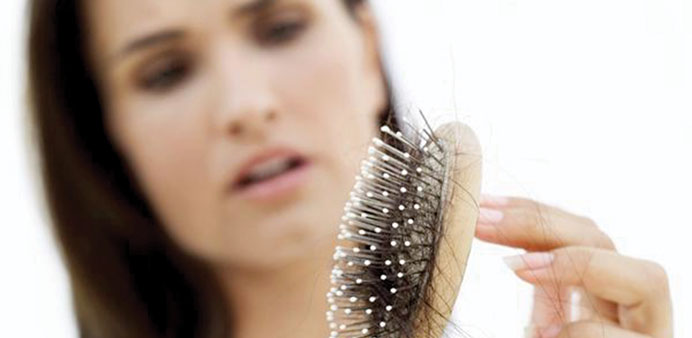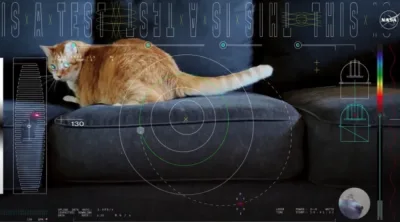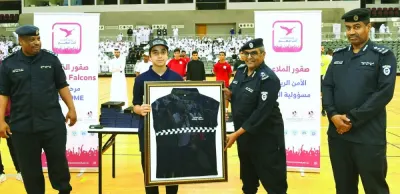When Mercedes Lopez first noticed her hair was falling out in the shower, she didn’t pay much mind to it. Increasingly, however, entire clumps would fall out as Lopez ran her hands through her hair.
“It was getting worse and worse,” she said.
Lopez, 76, purchased some over-the-counter creams and pills. They didn’t work, and her hairline was receding — a dramatic change from the fine hair she loved to style herself.
“When you lose your hair, you feel ashamed,” Lopez said. “I lost a lot of hair in my front, and it was noticeable. That made me feel very uncomfortable.”
Last June, almost six months after the hair loss started, Lopez decided to seek treatment. After consulting several doctors, she received a diagnosis: frontal fibrosing alopecia, a condition in which inflammation destroys the hair follicles around the hairline.
The rare disorder is a form of alopecia areata, a hair-loss disease that the North American Hair Research Society reports affects more than 4.6mn individuals in the United States. Hair falls out in patches, and in some cases completely.
While alopecia affects men and women of all ages, Lopez’s condition — frontal fibrosing alopecia — is usually diagnosed in postmenopausal women. It was first described in 1994.
The cause of the inflammation that leads to the hair loss is unknown, although many researchers believe it to be an autoimmune disorder. Because solid evidence is scant, the condition is a challenge for physicians to treat.
Although there is no clear solution, Dr Antonella Tosti, professor of clinical dermatology at the University of Miami Miller School of Medicine, has been exploring a new avenue of treatment that has helped some patients.
The treatment, which involves low-power lasers, uses light energy to stimulate blood flow to the follicles, which can result in hair growth for some patients.
“The treatment is not good for every type of alopecia, but can be very effective for patients experiencing inflammation,” said Tosti. “The light has anti-inflammatory properties.”
Of the patients she has treated using laser therapy, Tosti says eight out of 10 usually see success.
Lopez is one of those patients. She had tried medications prescribed by other doctors, but her hair continued to fall out.
Although she was sceptical, Lopez agreed to try Tosti’s treatment. Twice a week, she underwent laser therapy for a total of 24 sessions, and was prescribed Rogaine for men. To her surprise, her hair stopped falling out, and then began to grow back.
“I am very happy,” she said. “I was afraid I was going to have to buy a wig, and now I don’t have to. My hair is much better.”
Tosti says the despair that Lopez felt is shared by many women who have this condition. “The patients are coming with bags of hair because in their previous experience, physicians weren’t listening and didn’t even touch their scalp,” Tosti said.
For Tosti, the most crucial part of the treatment has nothing to do with figuring out the right prescription.
“Hair loss really affects their quality of life, so for doctors it is very important to have empathy,” she said. — By Jackie Salo, The Miami Herald/MCT



